Business strategy,
on the edge AI platform.
"I want to incorporate AI and IoT into my business."
"I have been working on improving business efficiency through DX, but have not been able to achieve the results I expected."
"I tried to incorporate AI on a trial basis, but I am concerned and not satisfied with the operational aspects."
With the Actcast edge platform, your business problems are solved.
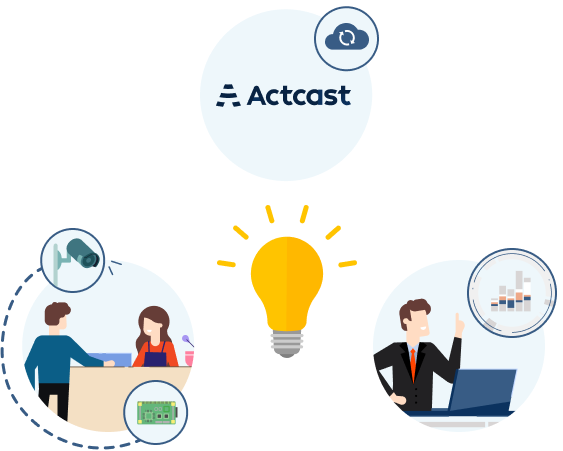
More than 130 companies involved in construction of AI / IoT systems are registered.
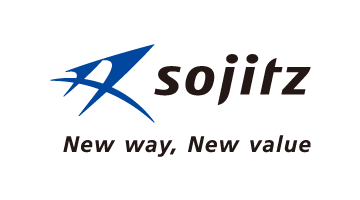



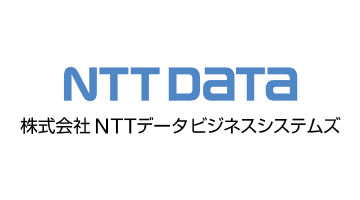
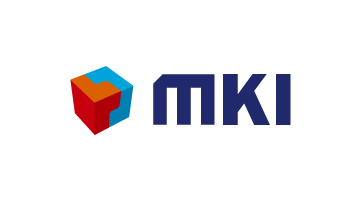

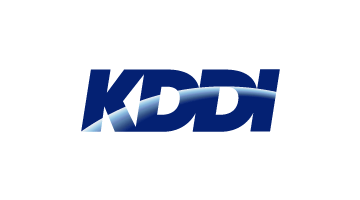


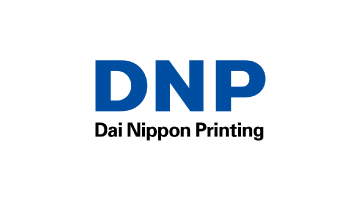
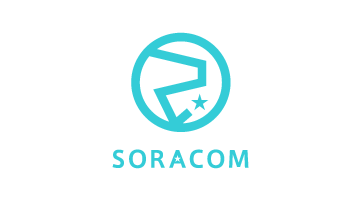
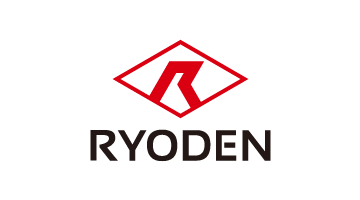



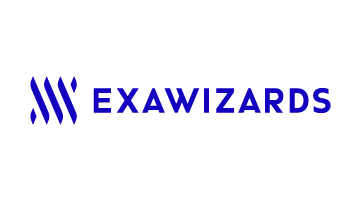
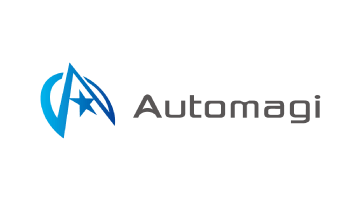
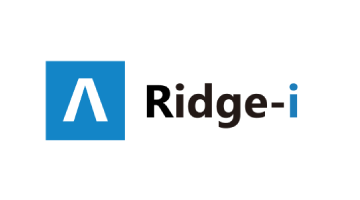
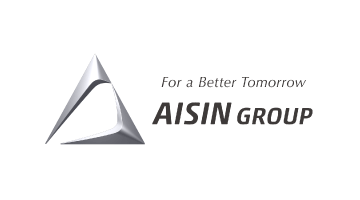




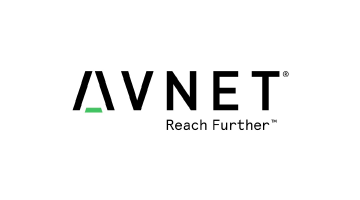




*Excerpt from the Actcast service website as of January 2022
Do you have any of these problems?

I want to reduce the number of customer complaints.

I want to improve congestion conditions in stores.

I want to make effective use of digital signage.

I want to be able to remotely monitor suspicious individuals and access dangerous areas.

Edge AI can solve these problems
What is edge AI?
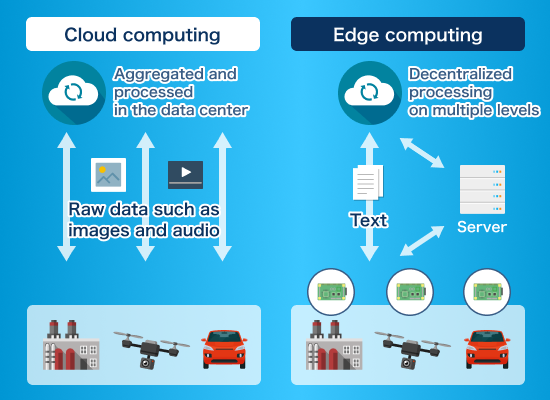
The "edge" in the IoT (Internet of Things) field refers to devices that acquire information in the real world. In other words, cameras and various sensors that exist at the "edge" of the computing world. More specifically, they are also called "edge devices." Furthermore, the processing and analysis of information on the edge side (device) is called "edge computing."
"Edge AI" is a technology that incorporates AI into edge computing to not only process and analyze information, but to learn and reason as well.
Compared to centralized "cloud computing," it is easy to understand the significance and benefits of its existence. Whenever consolidating information in a data center, load becomes an issue. There will also be delays due to the communication distance with devices present at the edge. With edge AI, this effect is extremely minimal. This is because decentralized processing is performed on the edge side.
As a result, "ultra-low latency" is possible. This characteristic is seeing a great increase in demand in areas such as automated driving technology, robots, and drones.
There are also benefits for security. Typically, only the necessary information is sent from the edge side to the cloud. It is also a very useful technology for protecting privacy and reducing the risk of confidential information leaks, which is a growing concern worldwide.
Challenges of edge AI implementation
Actcast breaks through cost and operational barriers
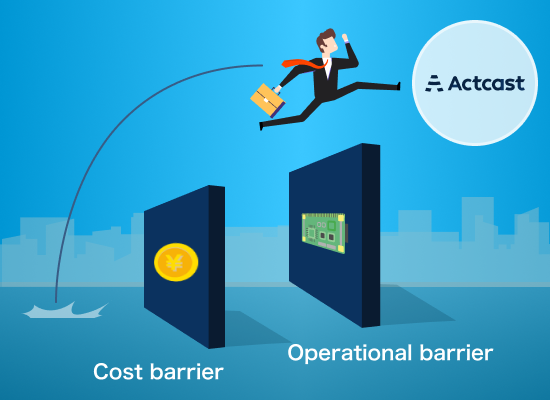
While there is a growing need for edge AI in a variety of industries and fields, there are two major barriers in the way of practical application.
The first is the "cost barrier."
The cost of devices has been a major issue up until now, as running advanced AI models requires high-performance devices costing more than $1,000 each. It has been difficult to introduce AI because of the considerable cost for even a proof of concept (PoC*) of a few dozen units, let alone the introduction of a large number of units for full-scale operation.
The second is the "operational barrier”.
In order to acquire a wide range of real world information in large quantities, a large number of edge devices have to be installed. And devices are not just installed one time, they will need monitoring and regular maintenance. Given that some of the locations are in high places, far away, and difficult for people to reach, managing the large number of devices installed was a major operational challenge.
Breaking through these barriers and building a truly effective edge AI is Idein's edge AI platform, Actcast. At the core of this is Idein's proprietary acceleration technology, which increases the processing power of inexpensive edge devices, and Actcast's core function of remote centralized management.
*PoC: Proof of concept, a process to verify the effectiveness of a new technology before full-scale implementation.
The reason why Actcast is chosen

Dramatically reduce the cost of implementing edge AI
Why Actcast from Idein can reduce the cost of edge AI implementation is because it can use inexpensive devices as computers to run the advanced AI.
Actcast supports the popular Raspberry Pi, an inexpensive, pocket-sized computer, as an edge device*. The minimum cost of using an edge-AI camera for example, would be reduced from $1,000 for conventional systems to $100 for Actcast. Large systems cost could be reduced by up to a factor of 100. Idein's proprietary technology makes it possible to use Raspberry Pi's GPU for deep learning, thereby boosting the inexpensive pocket-sized computer's processing power exponentially and making often-cost-inhibiting intelligent sensing affordable for all.
Furthermore, as a feature of edge AI overall, only the necessary data is sent to the cloud, greatly reducing communication and cloud costs.
*We are planning to increase the number of supported devices.
Contact us for details.
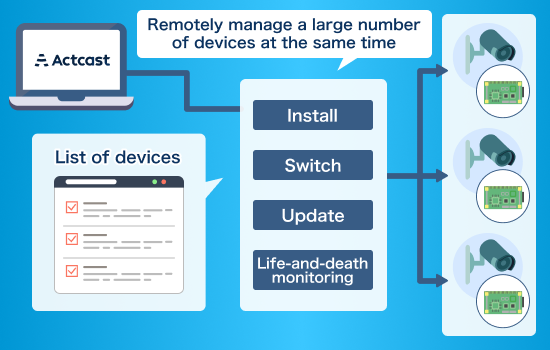
Dramatically reduce the manpower cost of operations
The manpower cost of regular edge AI increases in proportion to its scale. Actcast will also break through this barrier. This is made possible by a key feature of Actcast, which can remotely manage a large number of devices at the same time.
The Actcast edge AI platform has the capability to monitor remotely. Software updates can also be performed remotely. As a result, you do not need to go to the device's location to check its status or to update its firmware or AI applications. This makes it possible to operate a large number of devices on a large scale. This point in fact has been highly evaluated and has been adopted in large-scale projects with several thousand units.
As an optional service, we can also provide maintenance services on your behalf.
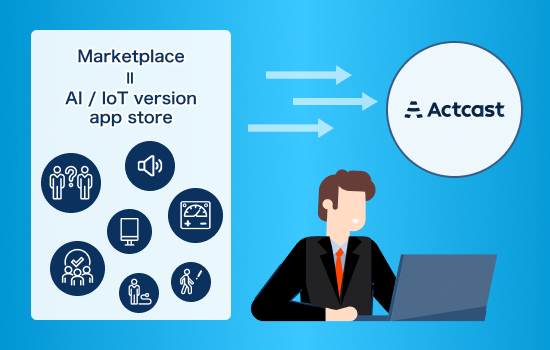
A marketplace that allows flexible changes to the apps
A further feature of Actcast is that it combines marketplace functionality with an AI / IoT version of an app store. The marketplace offers a variety of applications for each AI function, allowing you to flexibly adapt to changing requirements as the edge AI system grows. Of course, installing an AI application once is not the end. You can also update it remotely and change the application flexibly depending on the issue or the information you want to acquire.
With Actcast,
various AI functions can be operated on a single platform
In most situations, a typical edge AI project ends with the development and implementation of learning models and applications. However, we believe that the introduction of AI is not the end, but rather it is the beginning of true DX. As time goes by, the customer's issues will change from moment to moment. With Actcast, it is possible to provide a variety of AI functions as applications to meet the customer's issues. In addition, applications can be updated and replaced remotely and flexibly.

Congestion monitoring
Determining the congestion conditions in stores and facilities through AI cameras.

Visitor’s age and gender analysis
AI cameras analyze the attributes of visitor’s gender and age.

Counting people
AI cameras automatically count the number of people seen by the cameras.

Digital signage
Uses AI cameras to analyze the attributes of store customers and measure the visibility of signage.

Conversation analysis (separating speakers)
Uses AI microphones to separate customer and staff conversations into text format.
Actcast can solve these problems
Entertainment and events
We would like to implement measures against infectious diseases such as COVID-19 so that our customers can use our stores and facilities with peace of mind.
AI function

Congestion monitoring
Device

AI camera

AI cameras can be used to measure congestion conditions in stores and facilities in real time, allowing you to understand where and when congestion occurs.
By acquiring on-site congestion condition data, it will be possible to take various measures to ensure that customers can use your services with peace of mind.
<Expected results>
Based on the acquired data, you will be able to repeatedly formulate and verify hypotheses, implement various measures, and track the effects of these measures numerically. This will result in improved customer service through effective measures.
<Key points of Actcast implementation>
In order to collect data from large areas or remote sites, a large number of AI cameras need to be installed. In this case, Actcast makes it possible to reduce the cost of devices. It also supports remote management and large-scale operation, so you can implement it with peace of mind.
<Other examples of use>
Food and beverage, retail, real estate, transportation, etc.
Customer service
No understanding of the status and content of customer service in the store
Staff is exhausted due to being harassed by customers
AI function

Conversation analysis (separating speakers)
Device

AI microphone

By using AI microphones to acquire data from conversations with customers and convert the content into text, it is possible to understand the situation without being on site.
By acquiring the content of conversations as text data, the quality of customer service will be improved, and staff can feel more comfortable serving customers.
<Expected results>
AI microphones are placed in the store to separate voice data into customer and staff (separating speakers), which is then converted into text data on the server. This conversation data can be used to improve employee training and to counter harassment from customers.
<Key points of Actcast implementation>
Since AI microphones can be installed at low unit cost, large-scale installations with several thousand units are possible. Also, software updates for AI microphones installed at counters across the country can be performed remotely, making it possible to reduce operation and management costs.
Retail
Digital signage is installed in the store, but it is unknown how effective it is.
AI function

Customer attribute analysis and visibility rate measurement
Device

AI camera

By combining digital signage with AI cameras, it will be possible to measure the visibility rate and also acquire attribute data of the viewers.
By using AI cameras, it will be possible to understand if digital signage is being viewed and by what type of people.
<Expected results>
It will be possible to measure the cost effectiveness of digital signage. In addition, it will be possible to use the viewer's attribute data to extract the content more appropriately. It also makes it possible to use it as an advertising medium as well as for in-house use.
<Key points of Actcast implementation>
AI cameras can be installed for a low cost. It is also possible to remotely manage multiple and large numbers of devices, thereby reducing operating costs.
<Other examples of use>
Transportation, such as trains and buses, and tourist information
Retail
The number of customers visiting the store is high, but it does not lead to sales.
AI function

Attribute analysis of people
Device

AI camera

By installing AI cameras in stores and analyzing the gender and age of customers, it will be possible to understand the difference between buying and non-buying customers.
Until now, determining "Who bought what?" could be obtained from POS data. However, nothing is known about the behavior of individuals who did not buy anything. By using AI cameras, it is possible to understand the behavior and attributes of these non-buying customers.
<Expected results>
By cross-checking the acquired non-buying customer data with POS data, it becomes possible to know whether the target and customer segments are aligned. Based on the results, we can optimize the display shelves according to customer demographics, and revise products, in-store POP ads, and promotions.
<Key points of Actcast implementation>
It does not acquire images or videos of visitors, but sends data on attributes, time, location, and number of people analyzed by edge AI to the cloud, so information that could identify individuals is not retained.
Real estate
I want to understand the number of visitors to the overall facilities of a large shopping mall and the number of visitors to events.
AI function

Headcount and attribute analysis of people
Device

AI camera

By installing AI cameras in commercial facilities to count the number of visitors, it is possible to get a real-time picture of how many people are attending events.
By using AI cameras, it is possible to reduce labor costs compared to the traditional methods of counting the number of people. It also reduces counting errors and improves reliability of the numbers. By acquiring attribute data, you can also learn more about the breakdown of visitors and plan and execute various measures that lead to sales in a more effective manner.
<Expected results>
By tracking the number of visitors per hour, you can measure not only the effectiveness of the event, but also use the analysis results as a source of information for tenant pricing when leasing to tenants.
<Key points of Actcast implementation>
It does not acquire images or videos of visitors, but sends data on attributes, time, location, and number of people analyzed by edge AI to the cloud, so information that could identify individuals is not retained. Multiple AI cameras can also be inexpensively installed, and operating costs will be minimal and fixed.
<Other examples of use>
Food and beverage, retail, real estate, transportation, etc.
Retail
There is high traffic volume in front of the store, but a low number of people entering the store.
People enter the store, but they do not go in deeper.
AI function

Flow of traffic analysis
Device

AI camera

By installing AI cameras in stores and conducting customer flow of traffic analysis, it is possible to find problems with store layouts.
By using AI cameras to analyze the behavior of passersby and customers, it is possible to discover problems with store layouts.
<Expected results>
By using AI cameras to analyze the flow of traffic in the store, it is possible to identify patterns of behavior, obstacles, and bottlenecks for customers visiting the store. For example, when they enter a store, you may find that they stay near the entrance and do not come deeper into the store. The layout of the store can be revised to allow customers to go deeper into the store to increase the purchase rate and value of purchases.
<Key points of Actcast implementation>
It does not acquire images or videos of visitors, but sends data on attributes, time, location, and number of people analyzed by edge AI to the cloud, so information that could identify individuals is not retained. Multiple AI cameras can also be inexpensively installed, and operating costs will be minimal and fixed.
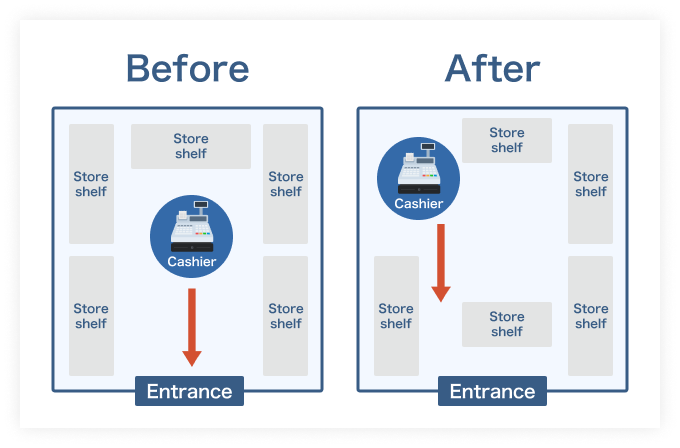
Manufacturing
I want to monitor access to dangerous areas in real time.
AI function

Area detection
Device

AI camera
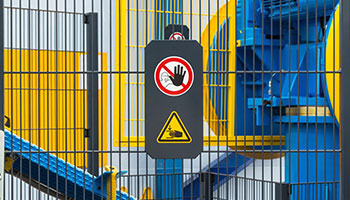
AI cameras can be installed to detect intrusions into specific areas and send notifications in real time.
At present, detection systems using safety sensors have been implemented in many factories, but by using AI cameras, the data can be analyzed on site and the results can be notified in real time.
<Expected results>
The demand for safety is getting greater every day. The use of AI cameras can increase the accuracy of these measures. By analyzing the worker behavior, it can be used to detect unauthorized entry and fraudulent acts, collect and prevent so-called near-miss incidents, and even improve business processes.
<Key points of Actcast implementation>
AI cameras can be installed for a low cost. It is also possible to remotely manage multiple and large numbers of devices, thereby reducing operating costs.
A small trial is possible, and the only costs after implementation are an "application usage fee" and "communication fee".
Initial implementation costs
(main items)
・Hardware (edge devices)
・Installation and kitting fees
・Application usage fee※
・Communication fee
Running cost
Application usage fee and communication fee only
*If you use a newly developed or customized application, an application development fee will be charged separately.
Full support up to implementation
Idein not only develops AI models, but also provides total support, including consulting in the initial stages, aiming to help customers solve their problems.
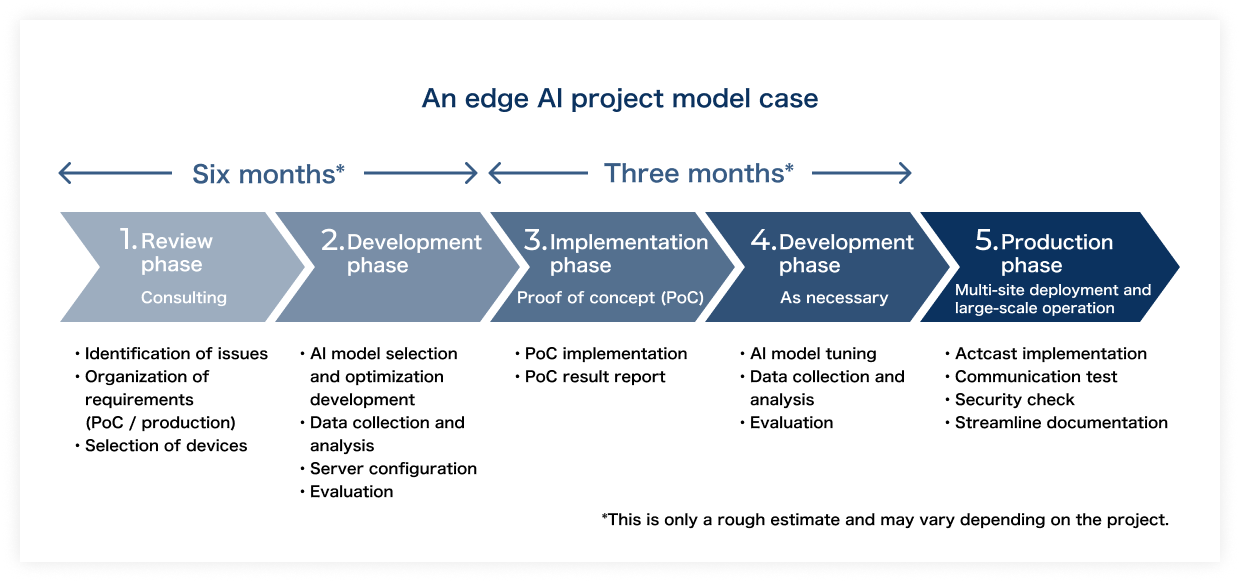
More than 130 partner companies
A number of partners with extensive experience in the fields of DX and AI are developing and delivering innovative solutions using Actcast.





























*Excerpt from the
Actcast service website as of January 2022
Frequently asked questions
Depending on the issue, using AI may or may not be effective. One of the areas where AI is likely to play an active role is to improve repetitive simple tasks (those with fixed processes) and in some cases, technology can be used to improve the quantifiable aspects of tasks that used to be the responsibility of individuals. If you are wondering, "Is this worth implementing AI?", please feel free to contact us.
We often get asked this question, but just as it is difficult to guess a person's exact age based on their appearance alone, it is also difficult for AI to have a 100% accuracy rate. Depending on the problem you want to solve, the accuracy you demand from AI will vary, and the required data will also differ. Please feel free to contact us so that we can propose the best approach to solving your problems.
Yes. One of the features of Actcast is that it is a platform that can be easily updated, so Actcast can be used to update data. In many cases, generic edge AI does not provide a platform for updating models and applications, and is implemented and that's it. However, AI is not finished once it is adopted. That's where DX begins. Since the actions to be taken will change based on the collected data and analysis results, ease of updating is one of the most important things to consider in AI projects.
As a general feature of edge AI, data can be analyzed on the edge side and only the analysis results (text data) can be sent to the cloud, making it possible to consider privacy. However, depending on the learning model used, there may be cases where analysis processing is performed on the cloud side, so please contact us for details.
In addition to images, it is possible to collect and analyze a wide variety of real-world data such as voice, vibration, and temperature.
While AI cameras used for image analysis usually cost from $1,000 to several thousand dollars, Actcast can use general-purpose devices (such as Raspberry Pi) costing less than $100, which greatly reduces device costs. Actcast possesses acceleration technology that boosts the performance of devices so that even inexpensive devices like Raspberry Pi can run high-performance AI.
Yes. Please contact us for more information, including those under consideration.
You can freely choose the external service to collect the data, so that you can use the acquired data with the most appropriate tool to suit your needs. We will propose the best system configuration and data utilization method for your project, so please feel free to contact us.
Ease of operation is one of the great strengths of Actcast. Normally, deploying edge AI usually requires a trip to the site, whereas Actcast can remotely manage and operate a large number of IoT devices at the same time. Even after the AI is introduced, Actcast can update the application remotely or replace it with another application with flexibility.
This feature has been highly evaluated, and we actually have a track record of large-scale operations with several thousand units.
As an option, we can also provide application maintenance service. This is a service that constantly monitors working devices and notifies registered parties of any problems that may occur, giving them priority in dealing with the problem. This kind of service can be used in conjunction with full-scale operations, so please feel free to contact us if you have any concerns about operations.
We offer a variety of plans to meet your needs and challenges, so please contact us for details.


